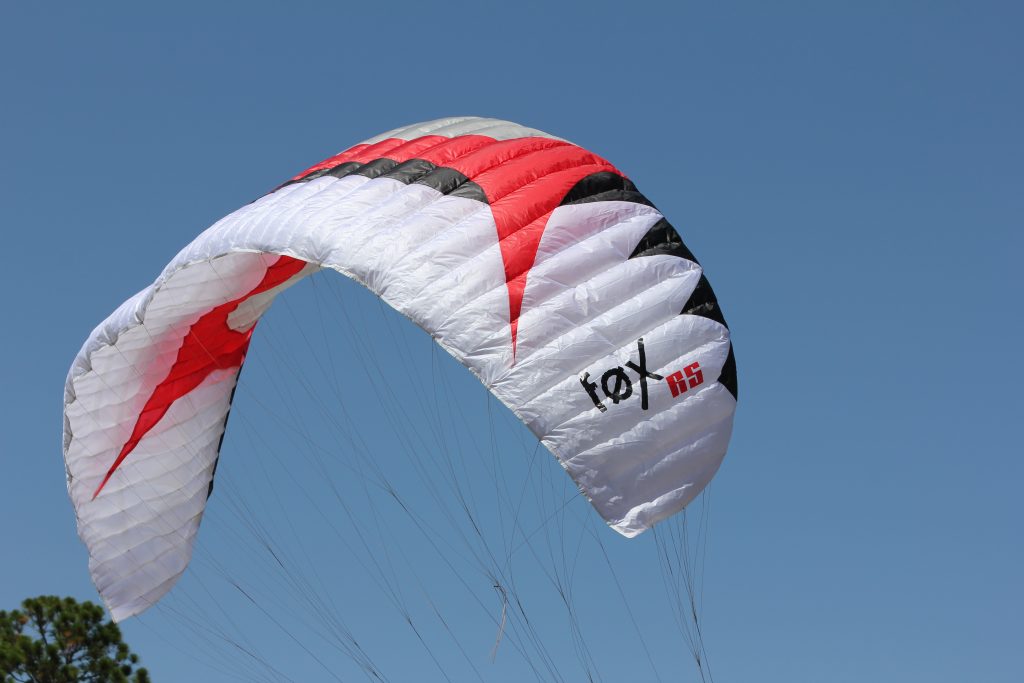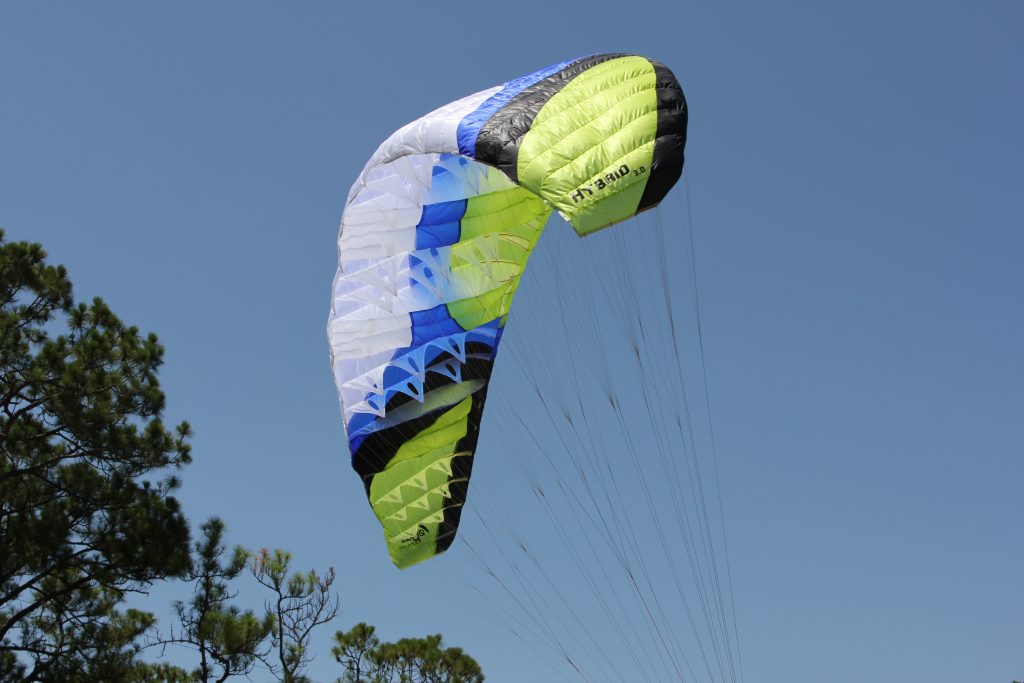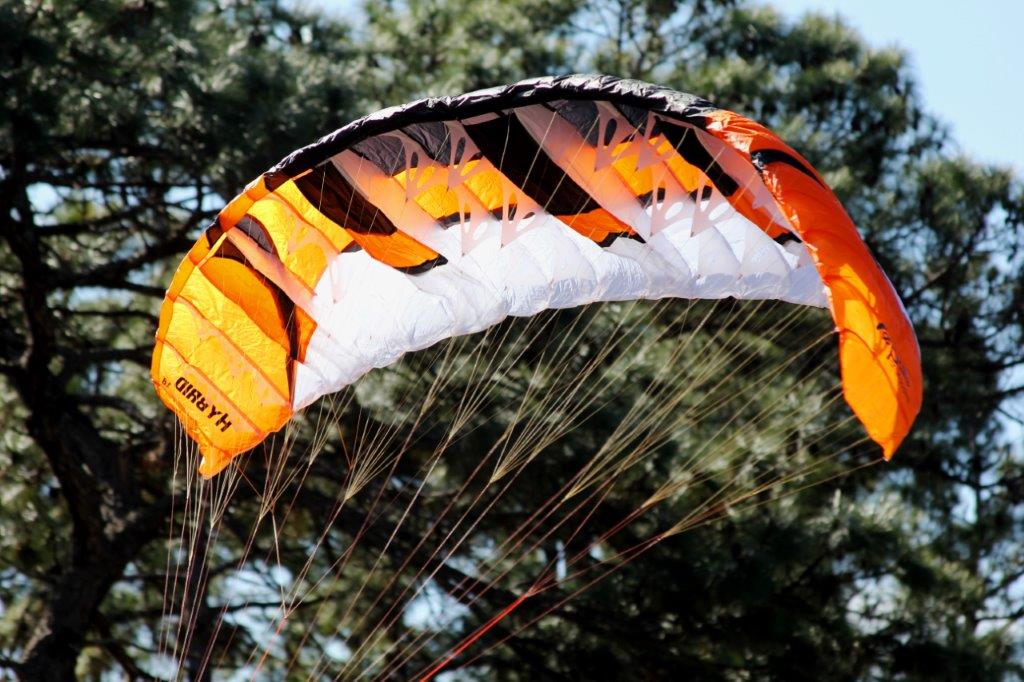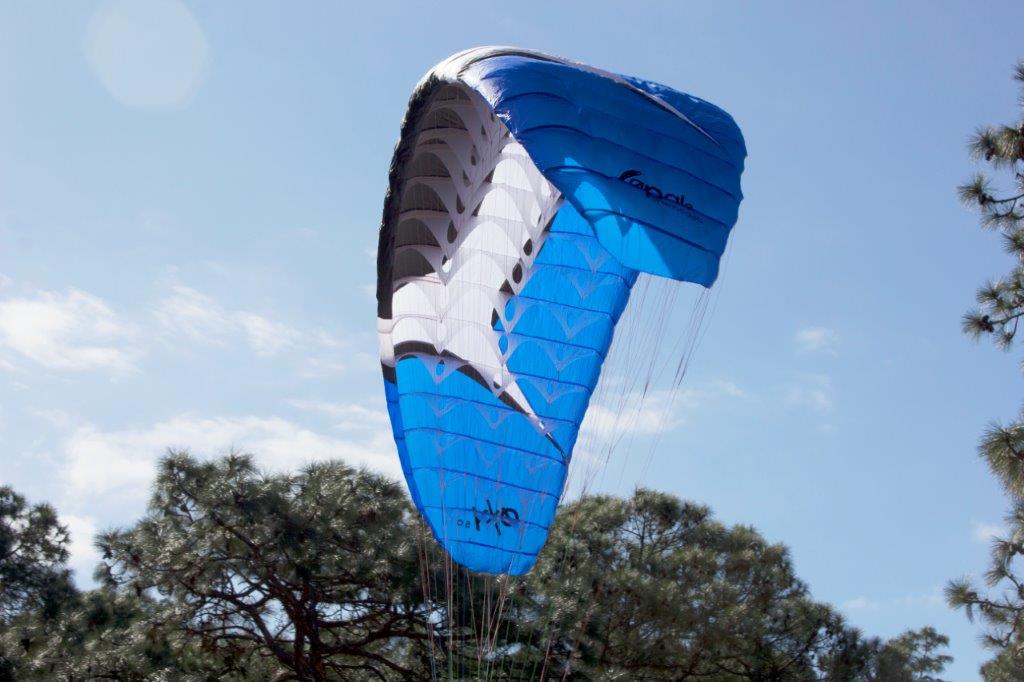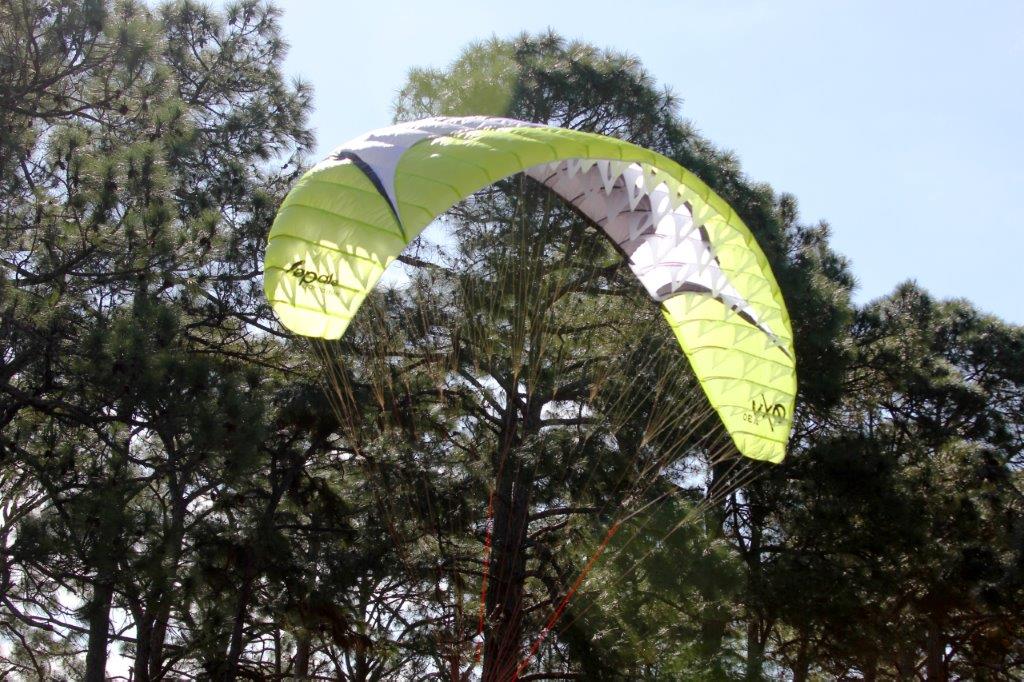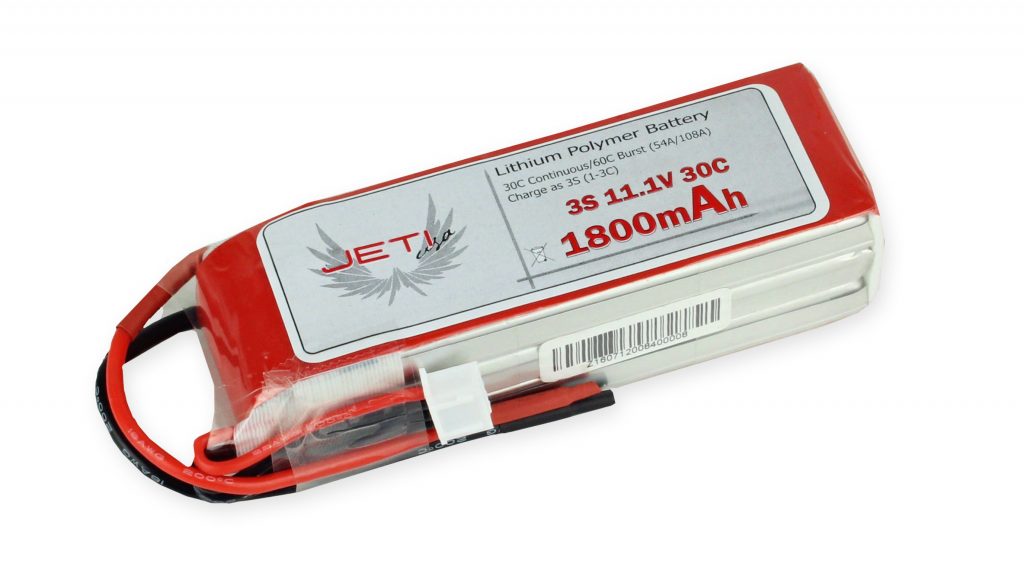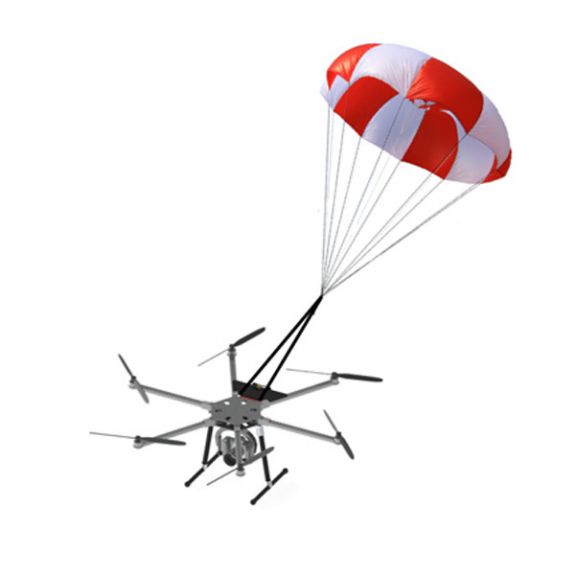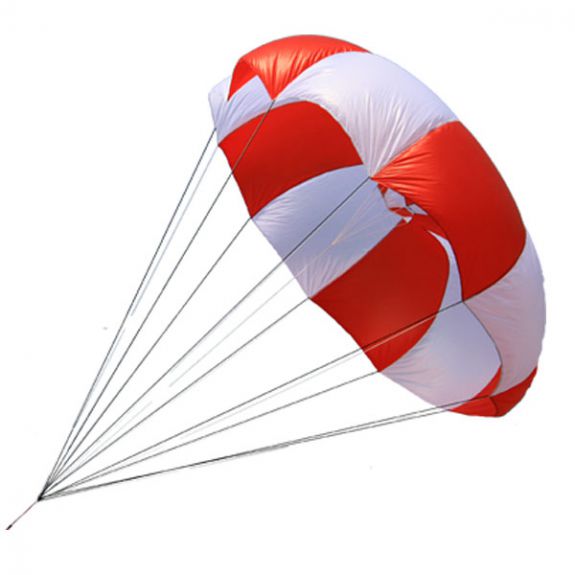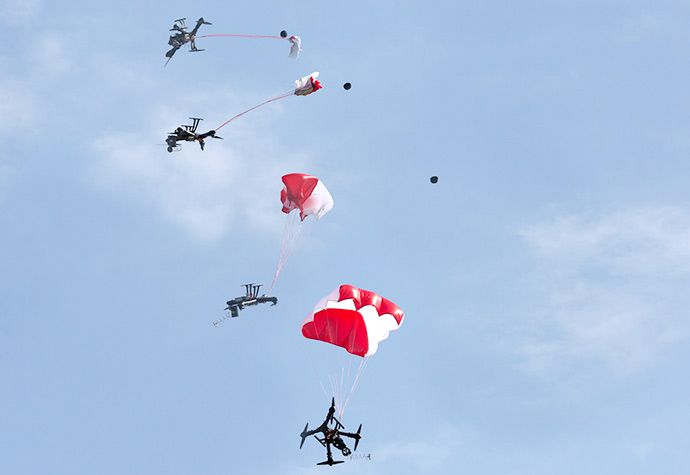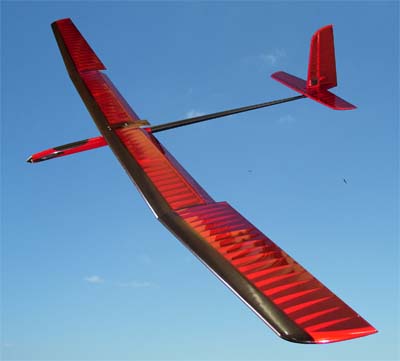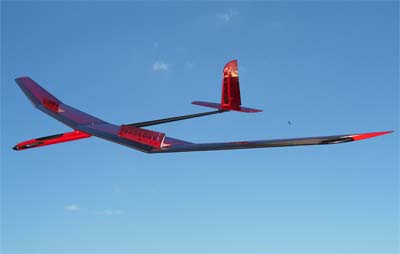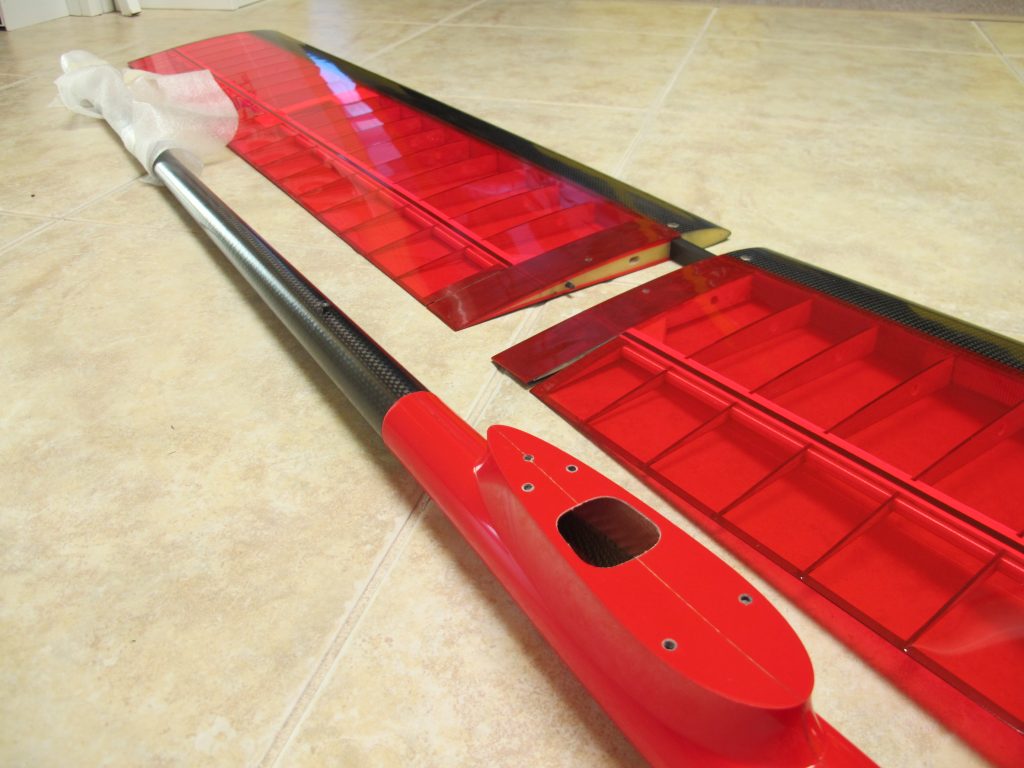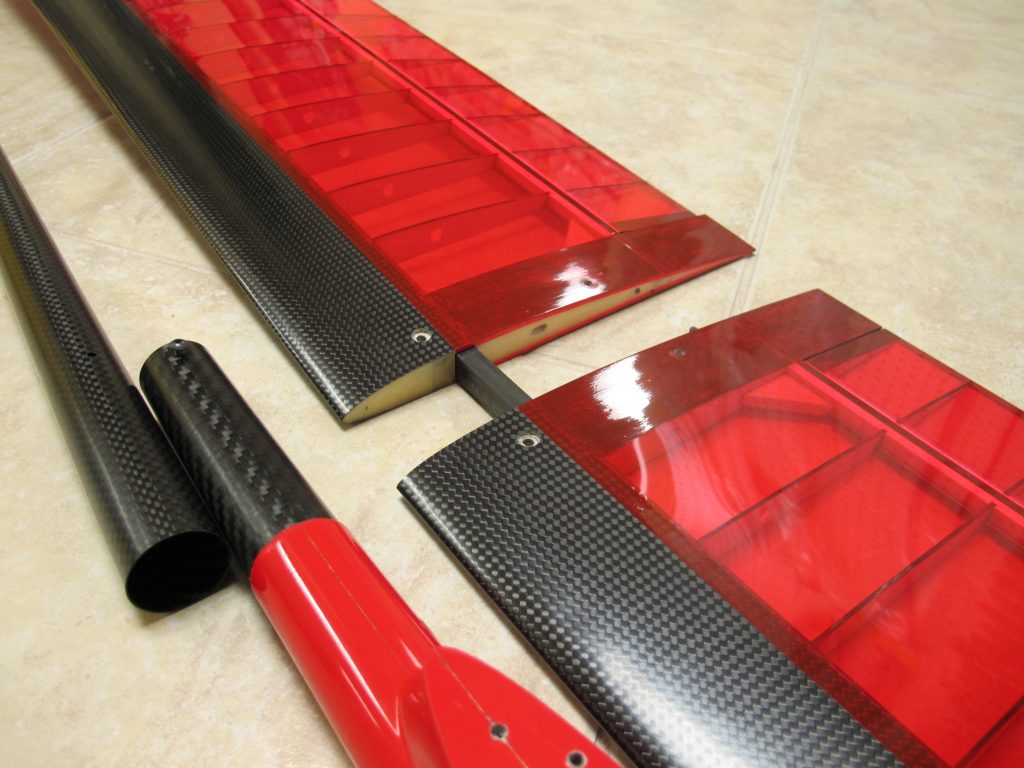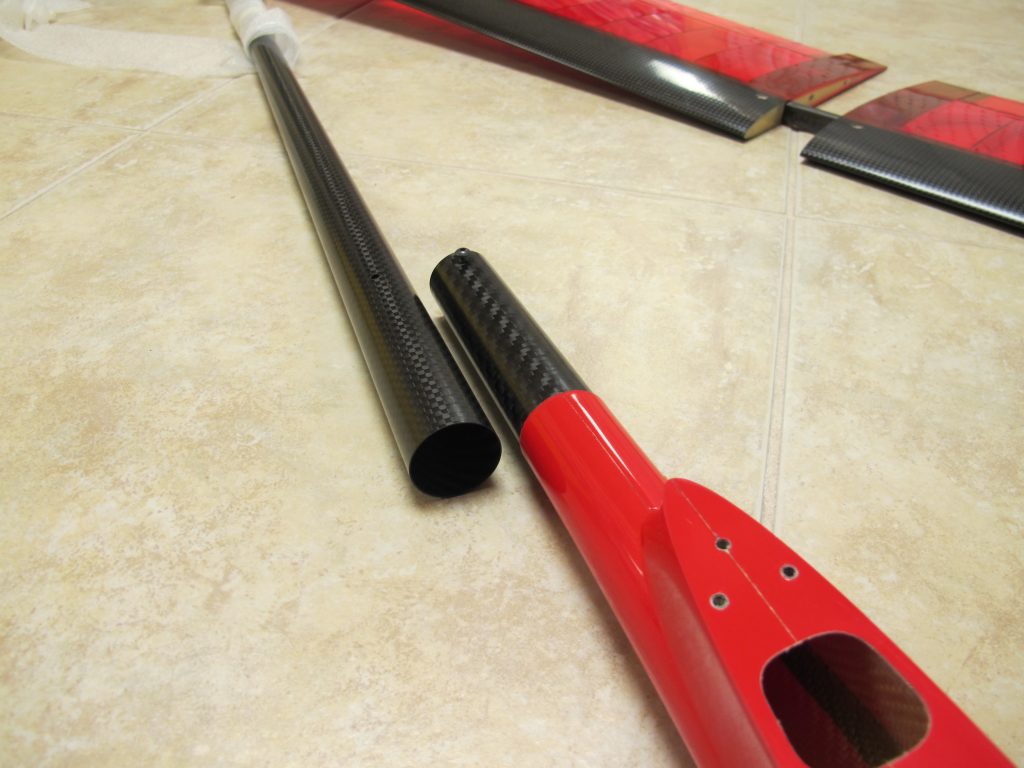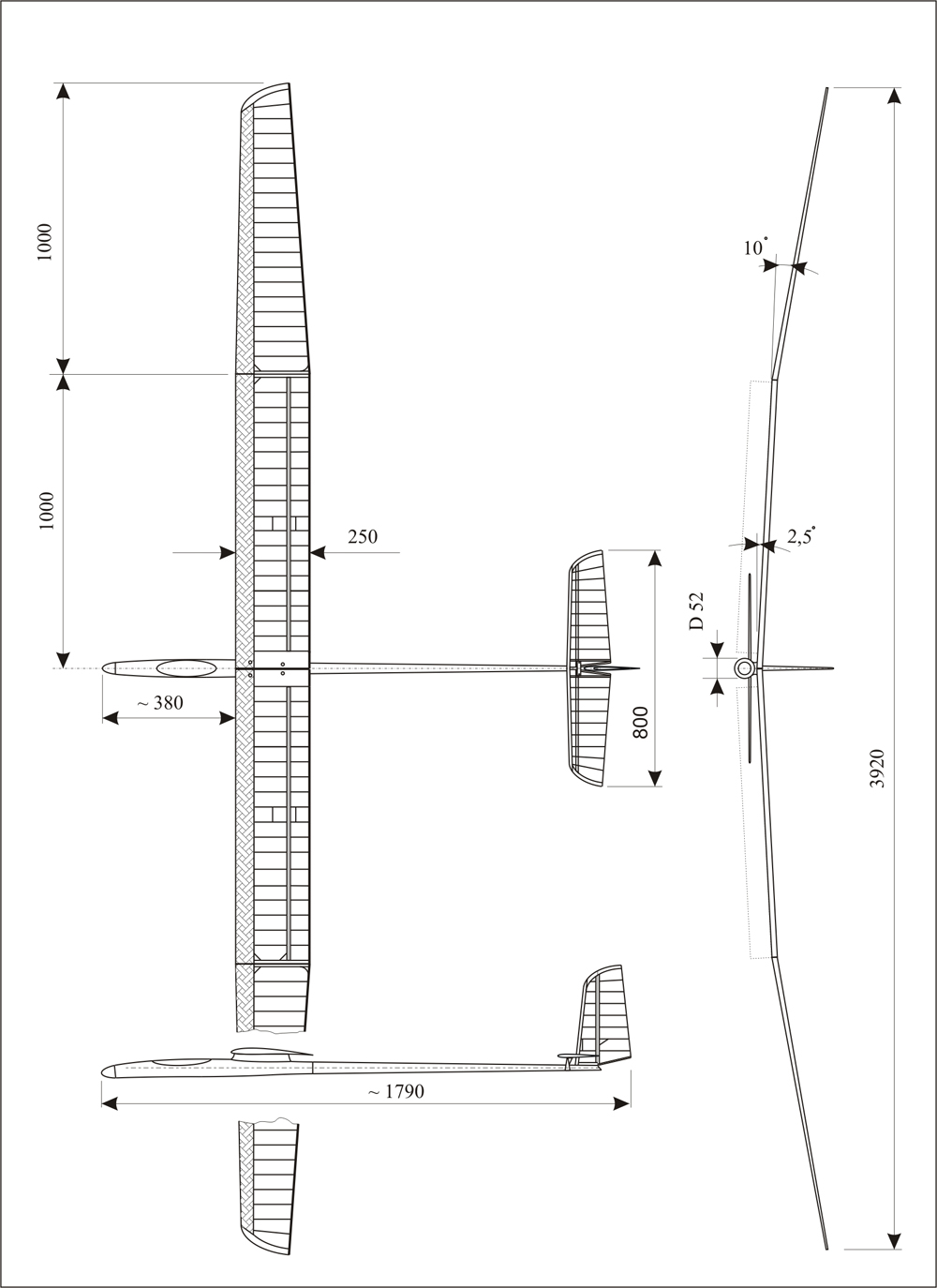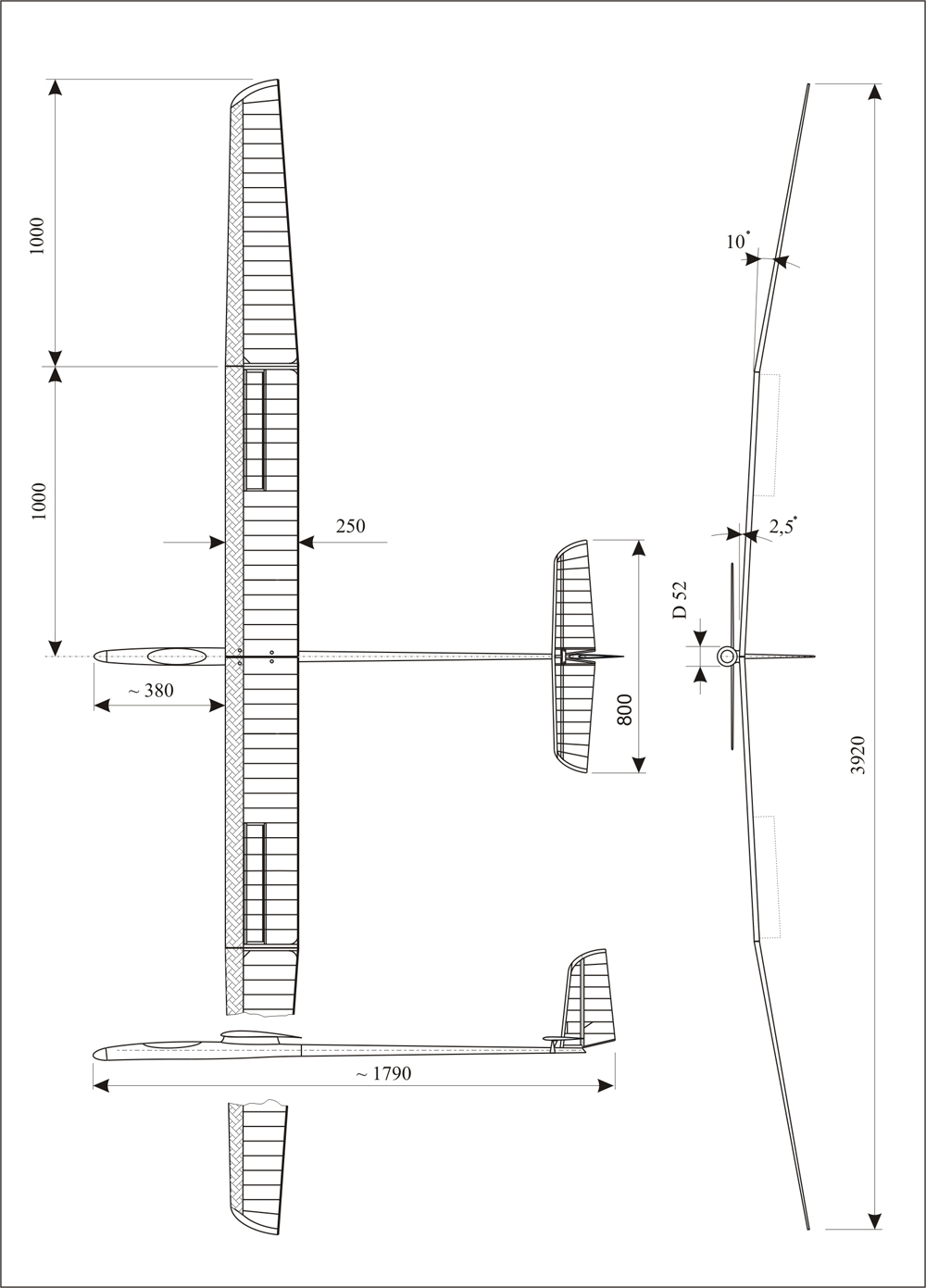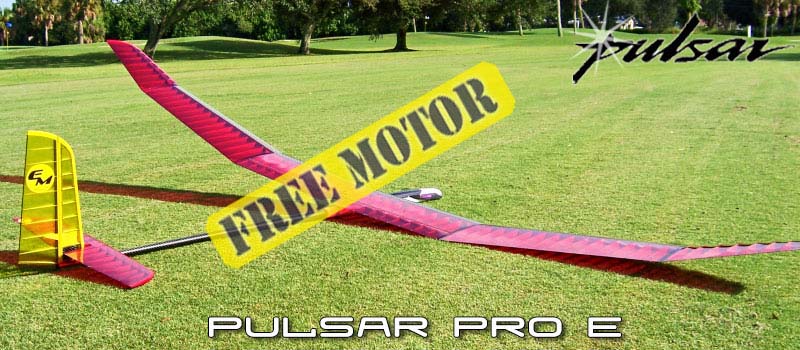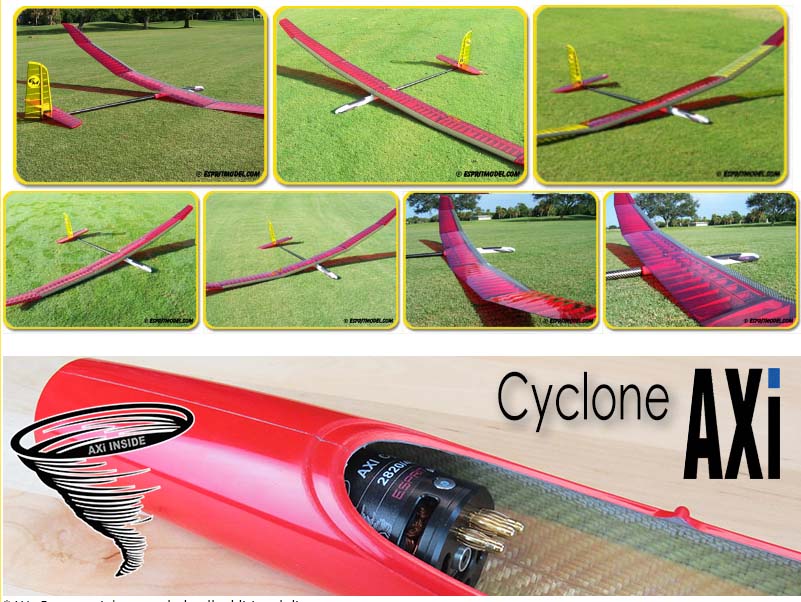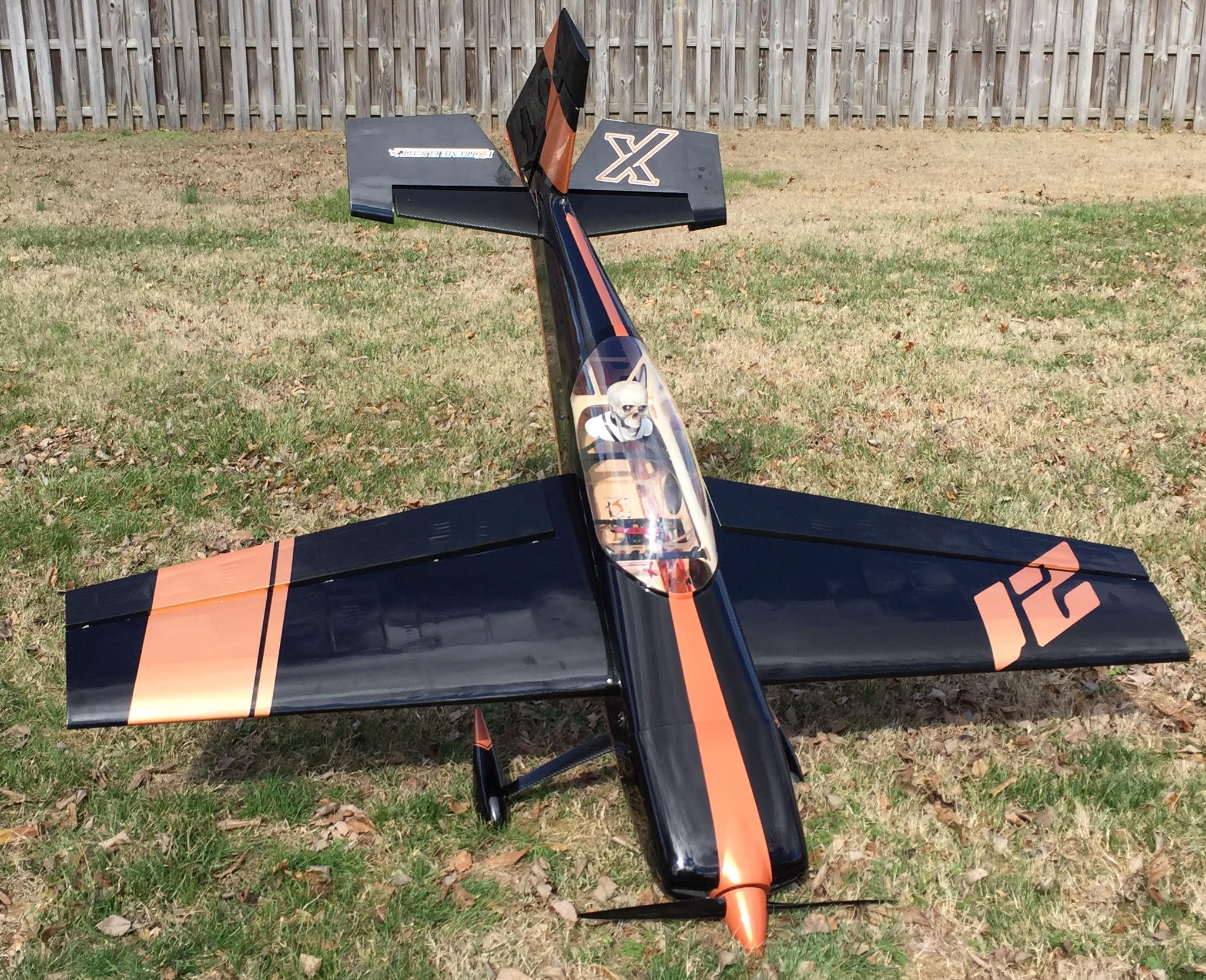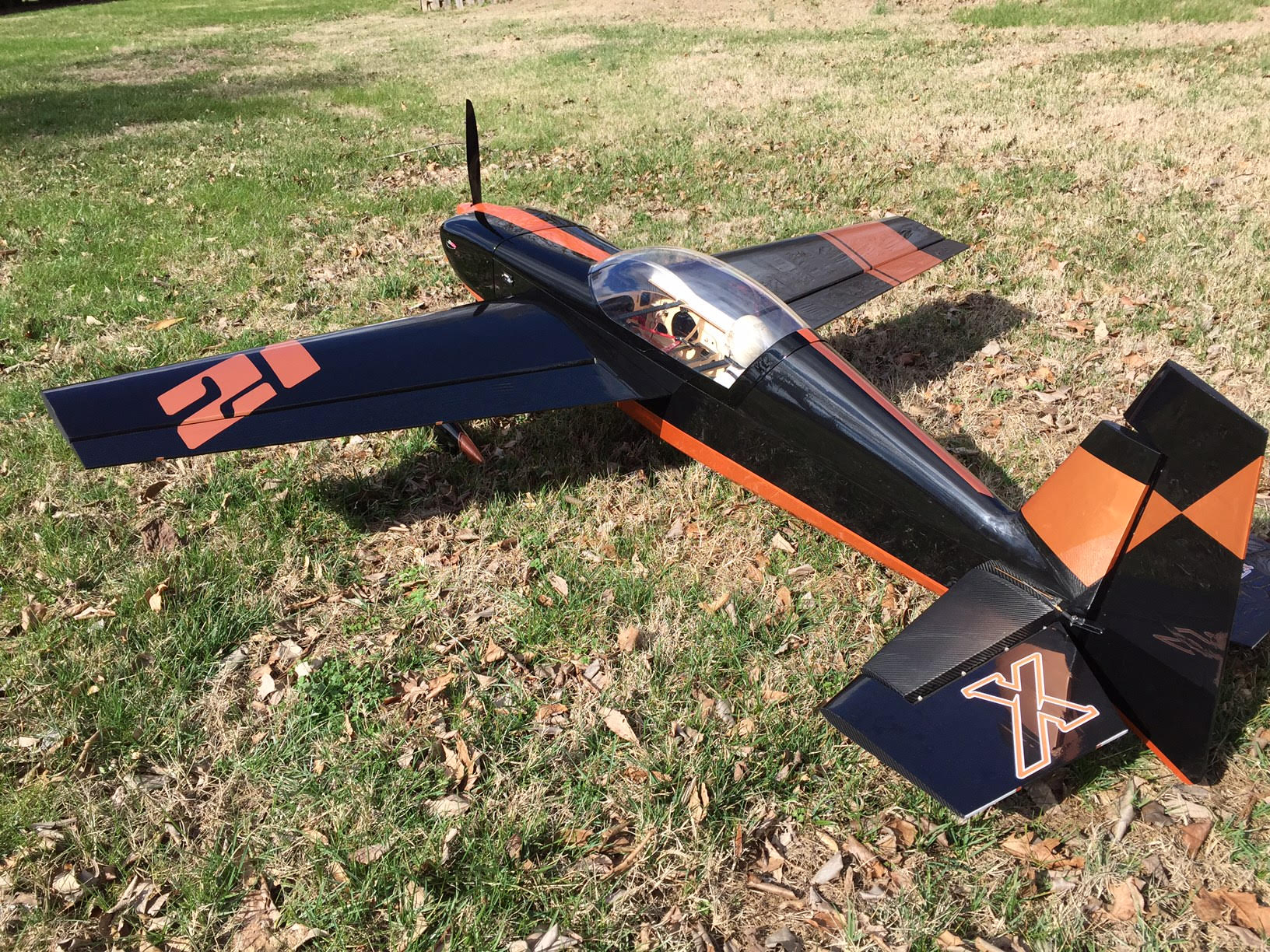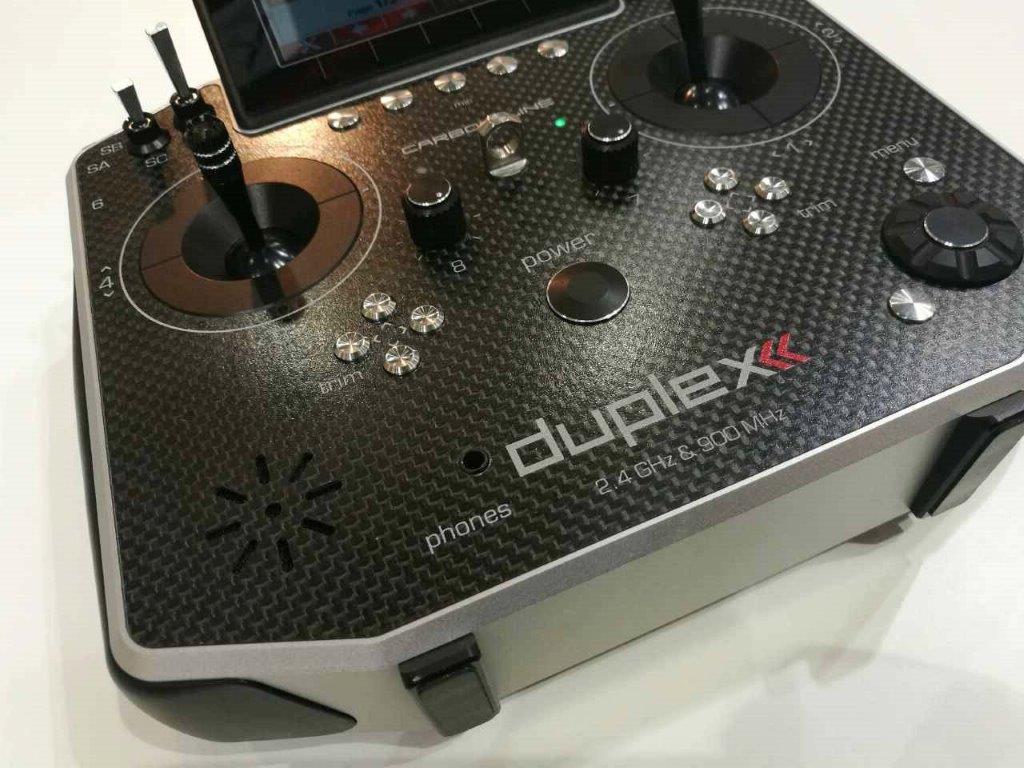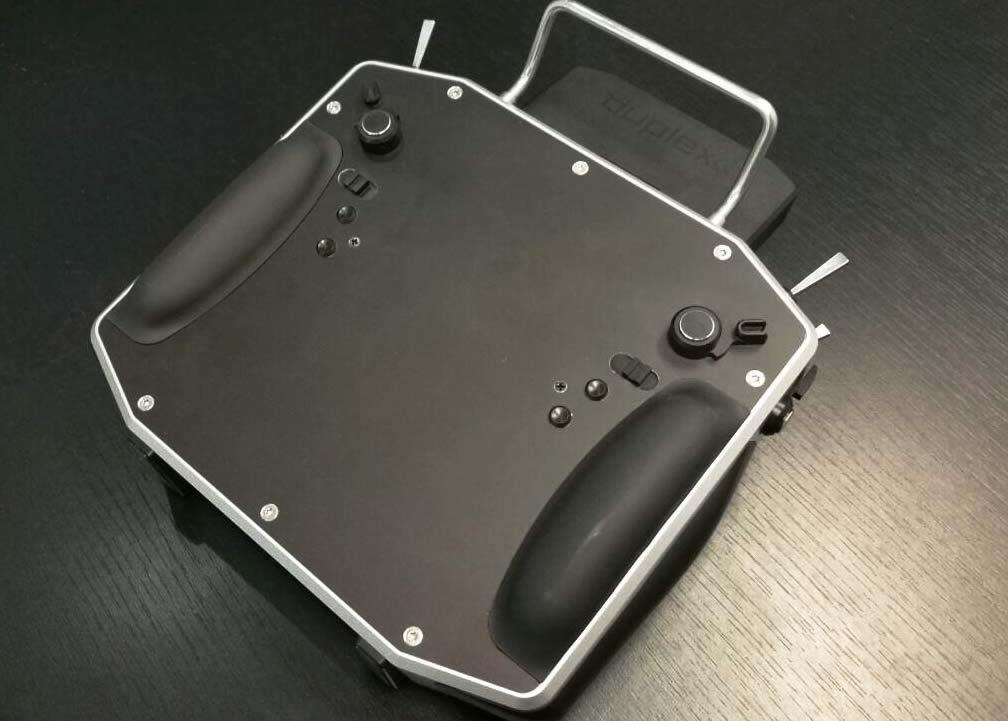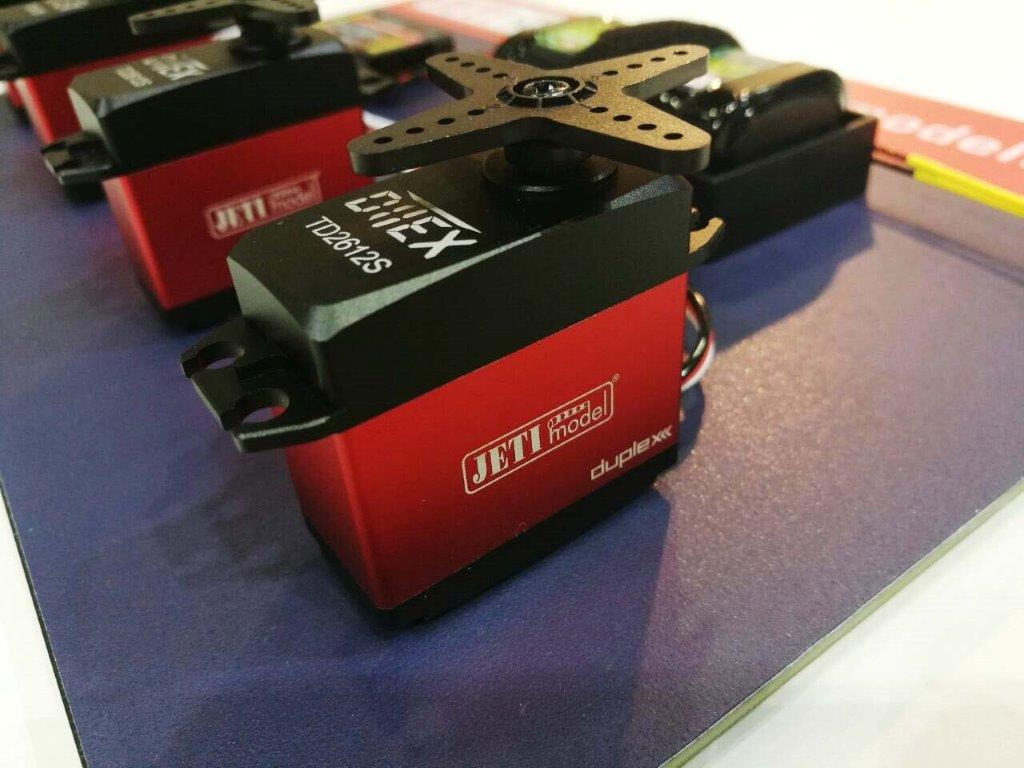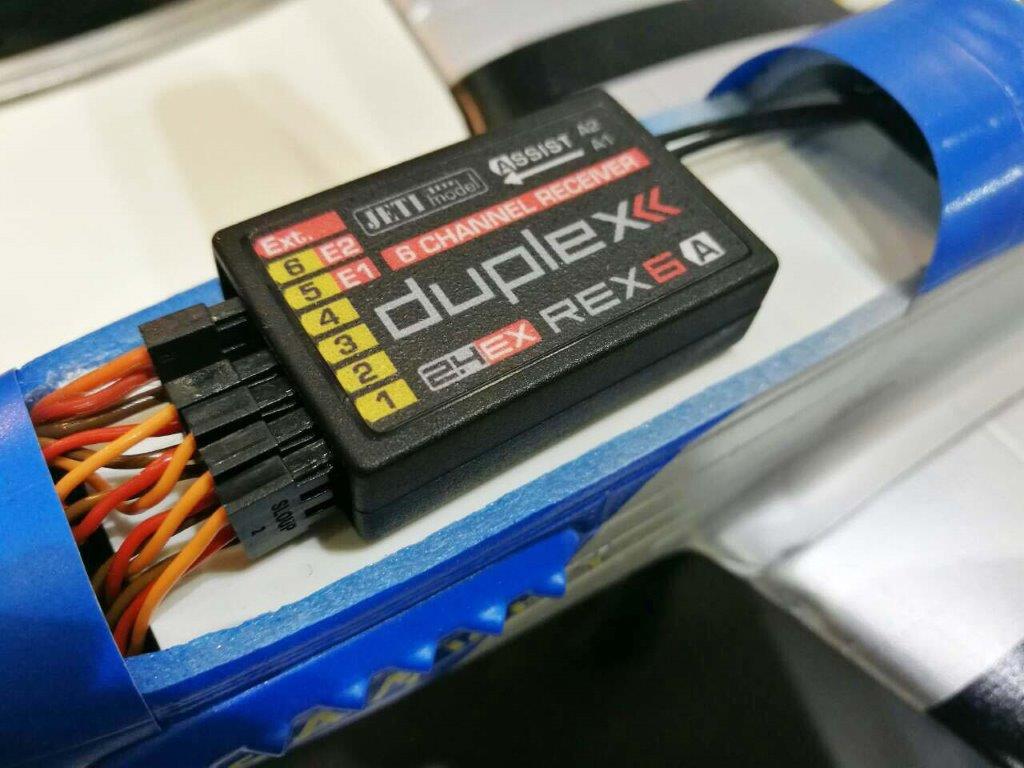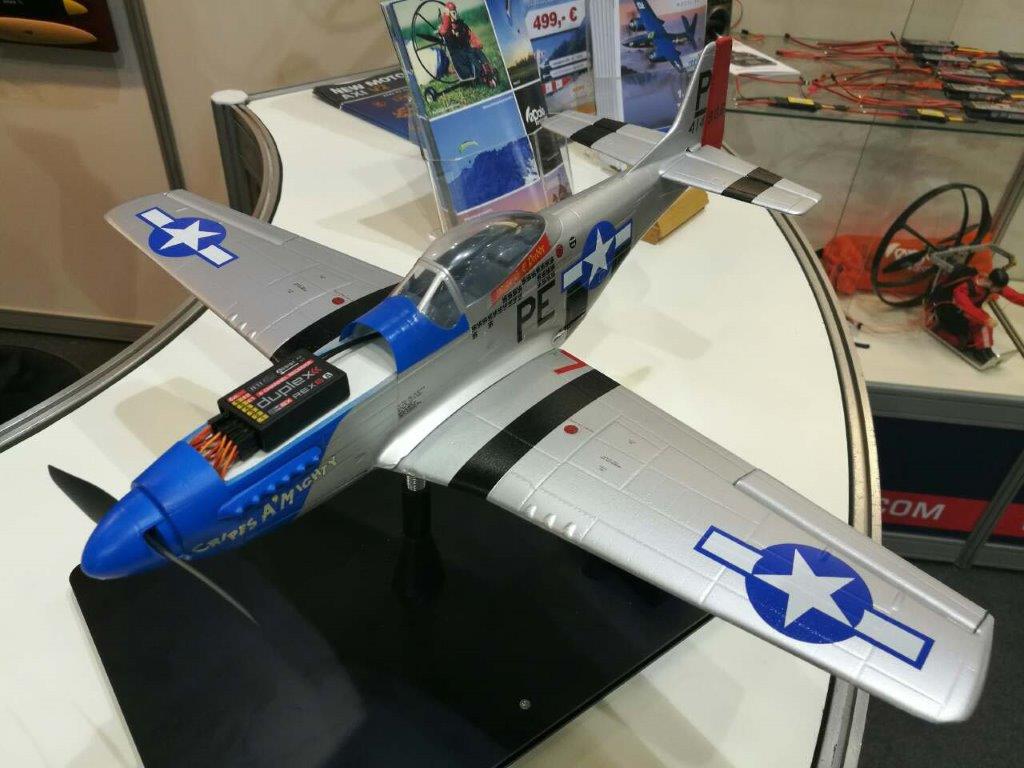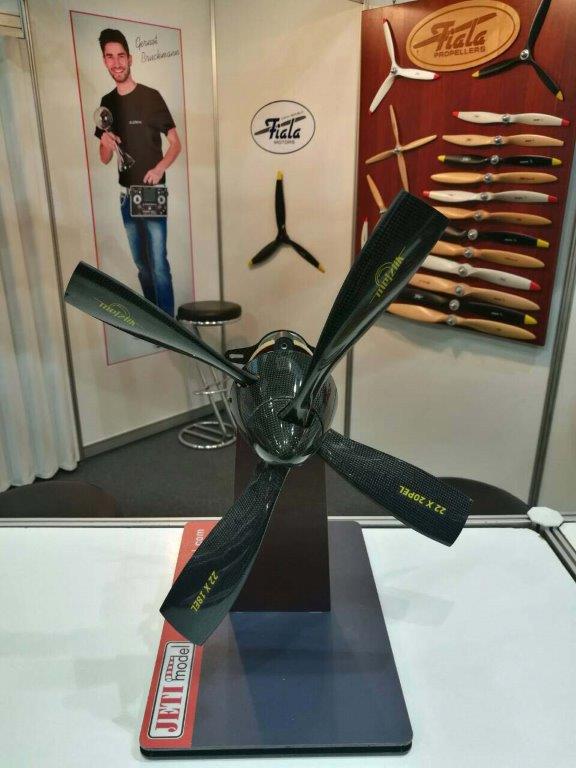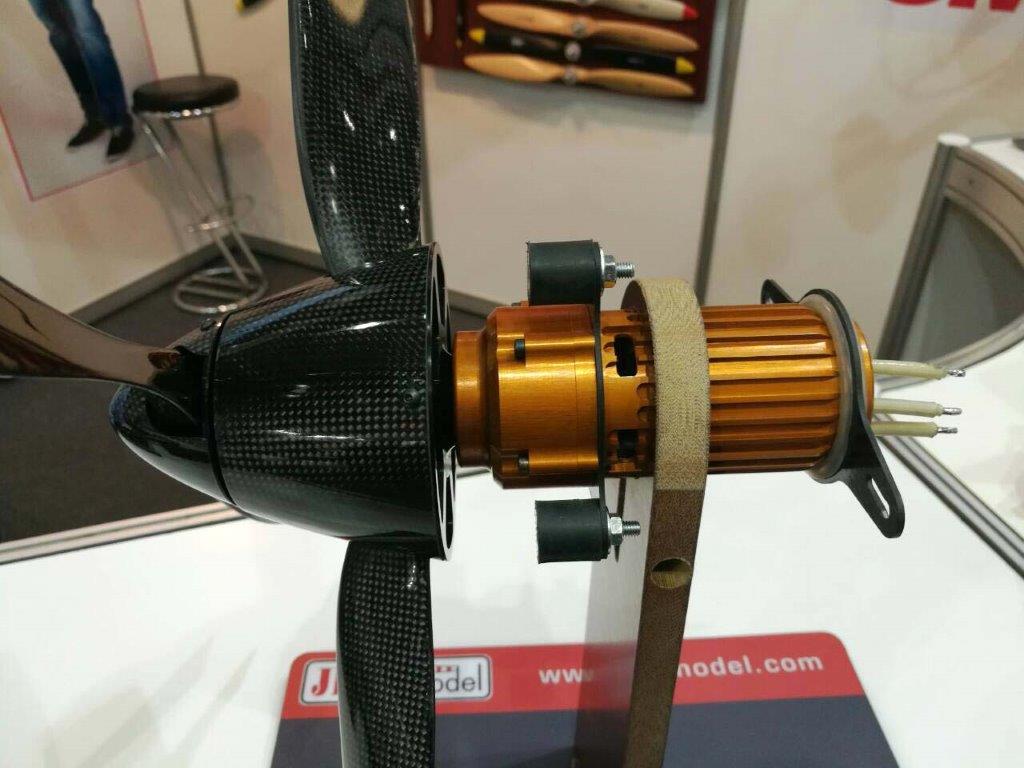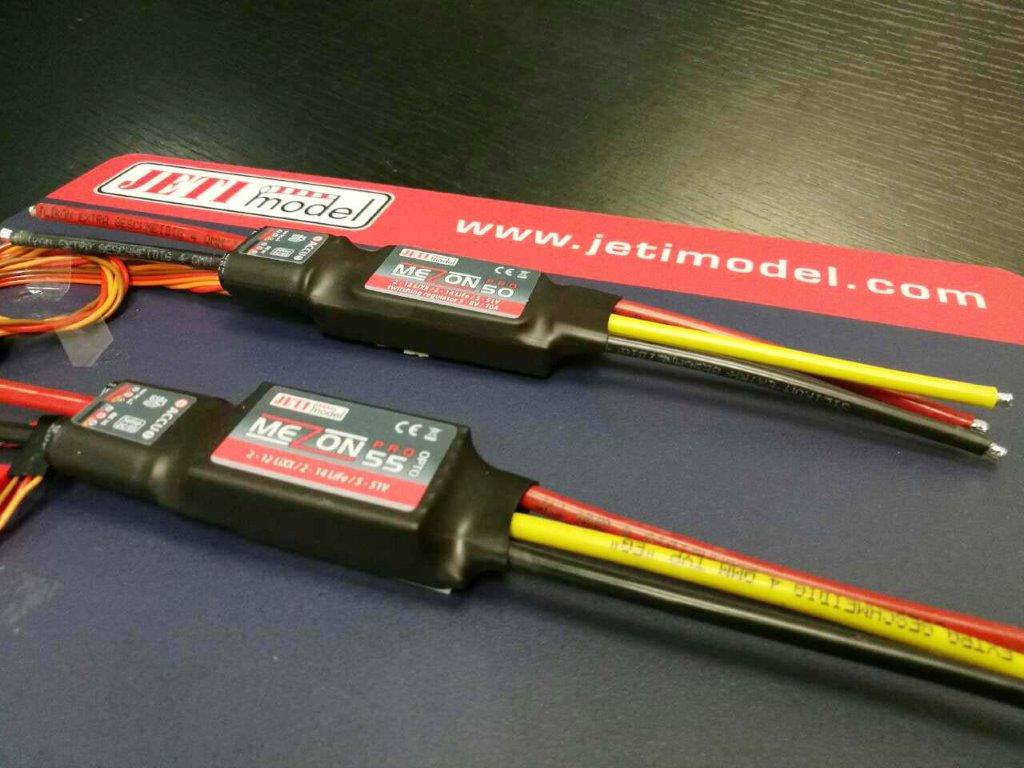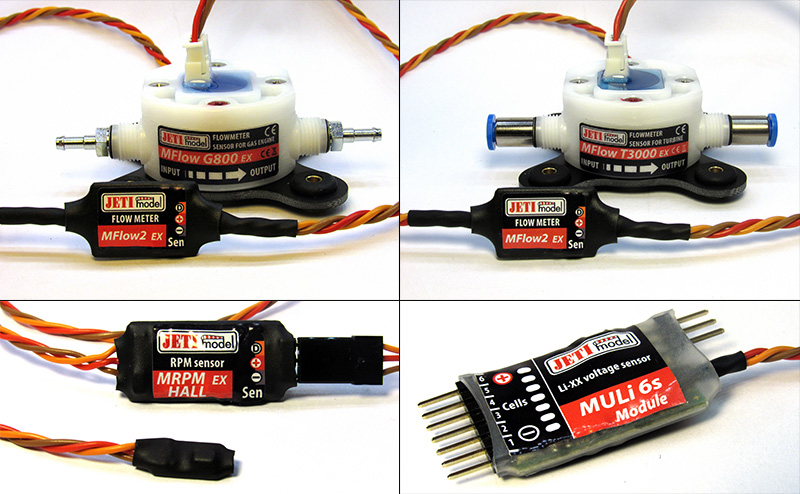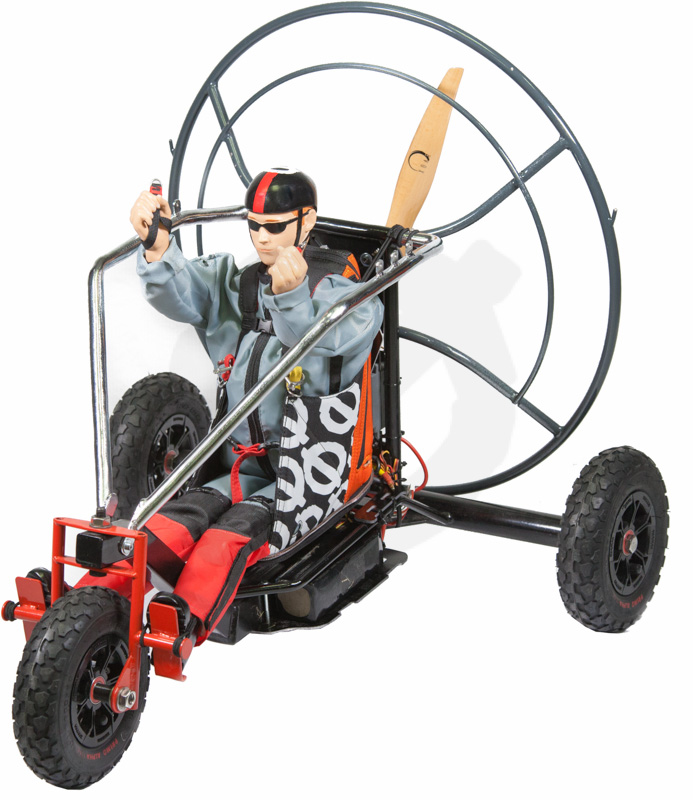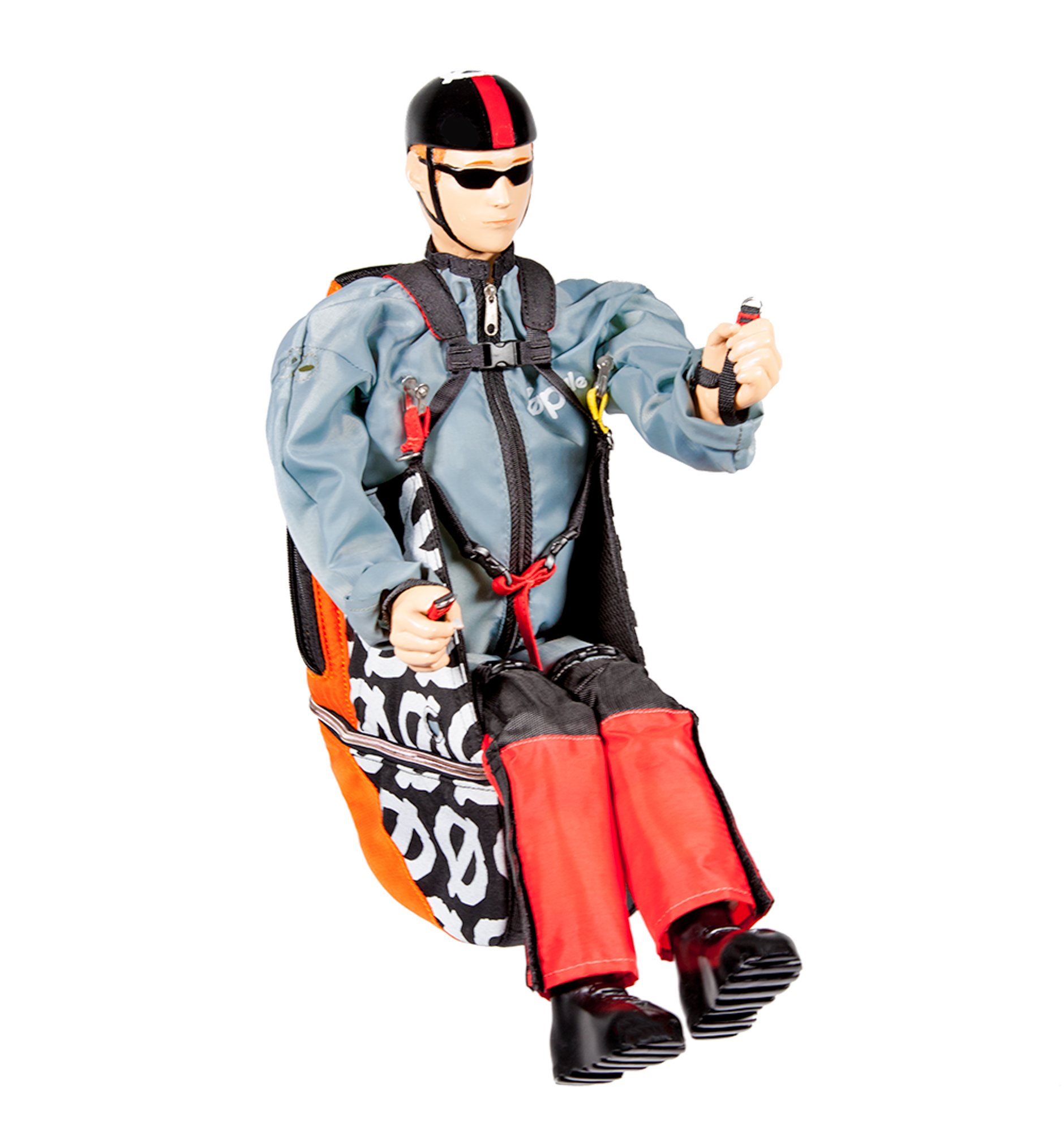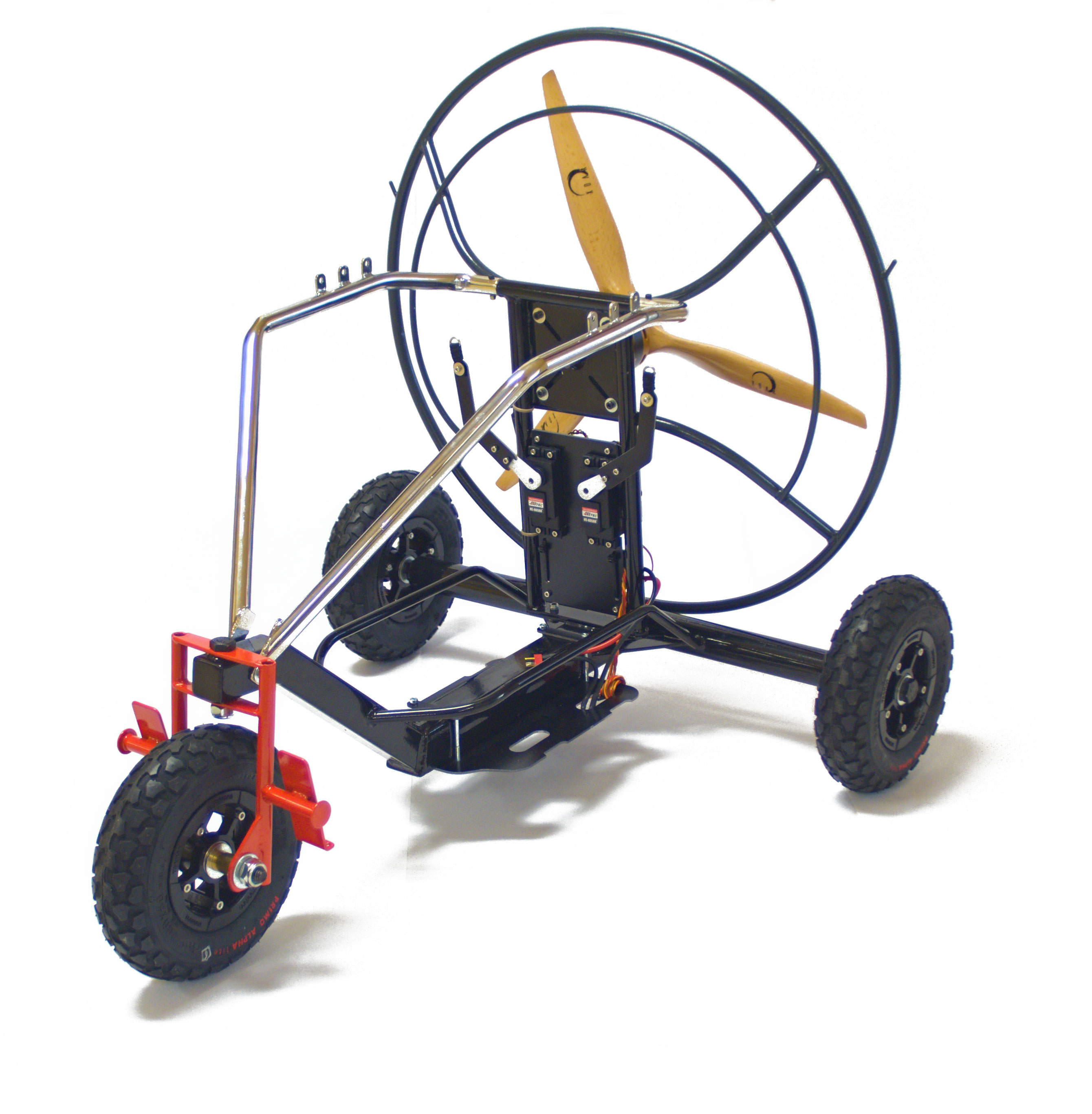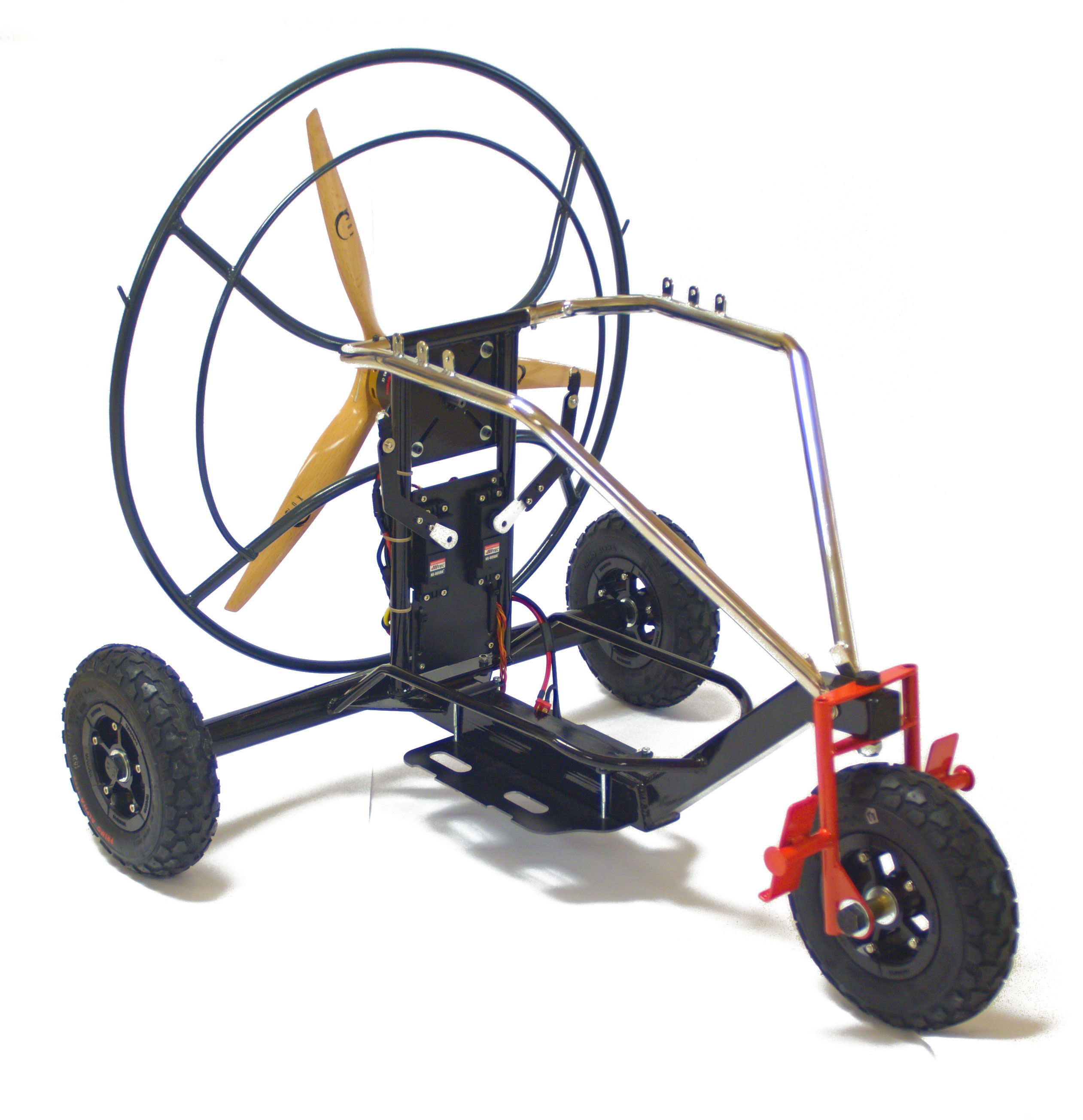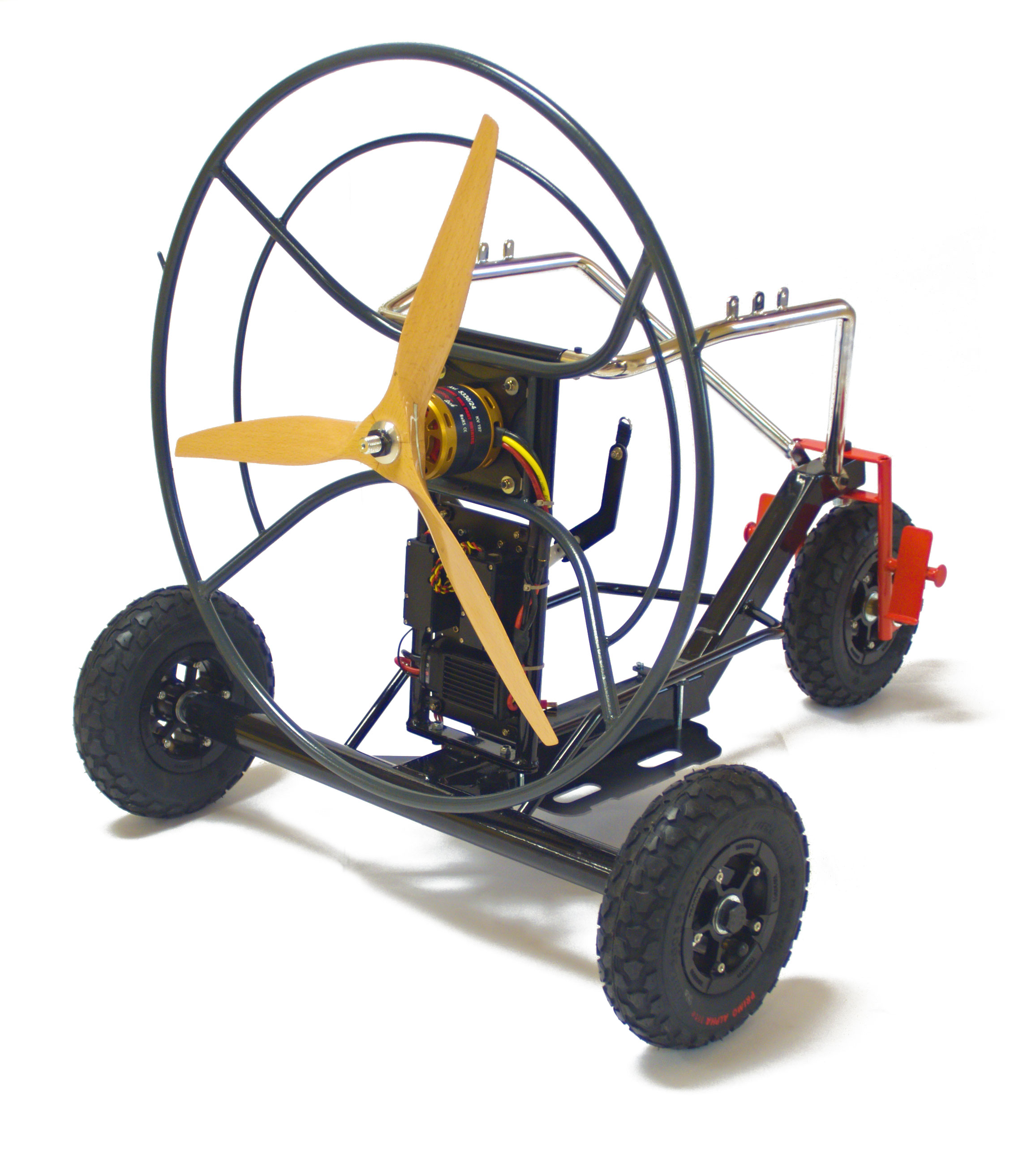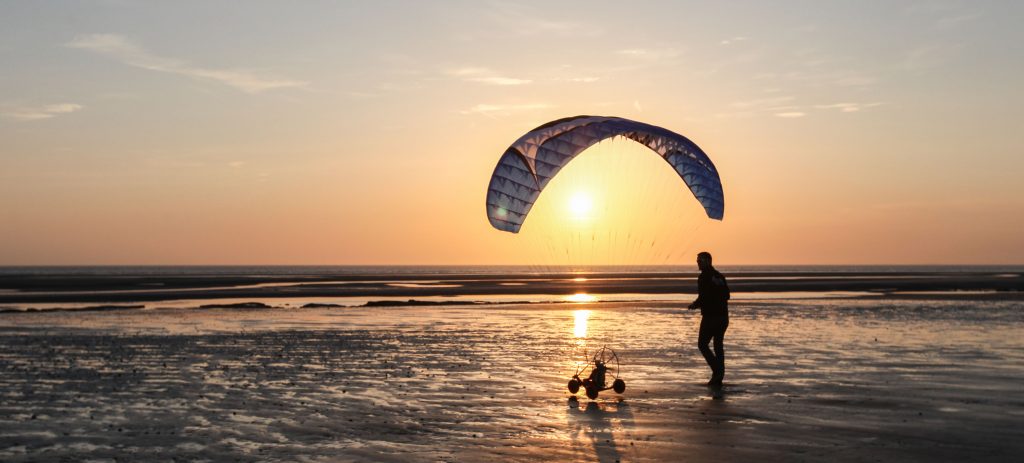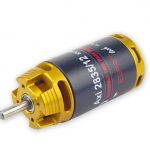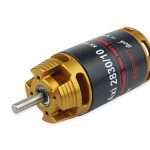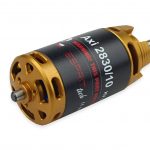Opale Paramodels are amazing, beautiful, and fun to fly, once you figure out which set-up is right for you. Many of our Opale customers purchase multiple wings and setups, but for someone new to the world of Opale, it can be overwhelming. Read on to find out the basic differences between the Oxy, Power, Fox RS and the Hybrid series of wings.
Lets start with the Oxy. The Oxy series of wings offer a single skin construction. This design allows for stability, ease of inflation, and long flight times. As a result of its stability and flight time, the Oxy wing is great for the aerial photographer or FPV pilot.
Like the Oxy series, the Power 1.1 utilizes the same single skin technology, however its smaller design allows for much higher wing loading. This wing is great for the aerobatic pilot.
The Fox RS a high performance wing targeted towards intermediate and advanced pilots. The double skin technology provides an experience much like that of scale Paramodels with very high performance. the high-aspect ratio offers high penetration and a high flying speed resulting in a wing that is easy to fly in strong turbulence and high wind conditions.
Oplae’s Hybrid wing provides a gorgeous mix of single skin and double skin technology. This feature allows for a stable flight, while being easier to launch. On the Hybrid wing, the aspect ratio is increased, allowing for more speed. This paramodel must be actively controlled by the pilot, but still does not require years of experience to enjoy.
Check out the link below to get your Opale Paramodel now!


